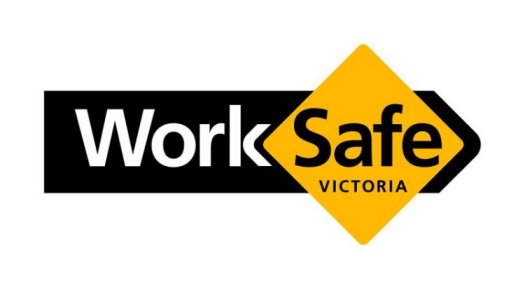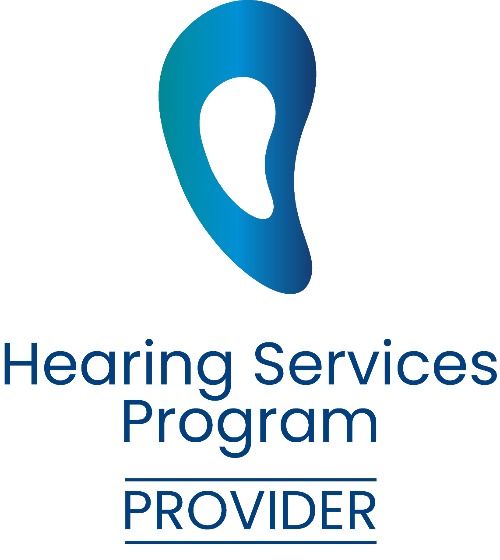Hearing Aid Care and Cleaning
Look after your hearing aid investment
Taking good care of your hearing aids will:
- ensure that they are working at their optimal performance; and
- extend their life.
Hearing aids are exposed to earwax, perspiration and heat on a daily basis, not to mention the occasional bump, drop or even a bite from the family pet. Without on-going care and cleaning, hearing aid performance can gradually decrease over time.
Excessive moisture and earwax in your hearing aid are the most common causes of hearing aid malfunction.
Here are a few daily tips that will keep your hearing aid clean, functioning at its best and extend the life of your device.
- Wipe the outside of the hearing aid with a soft, dry cloth to keep it free of wax and moisture.
- Remove any wax or debris from the microphone and speaker screens with a hearing aid brush.
- Store your hearing aids in a dry container and out of direct sunlight and heat. Open the battery drawer when storing your hearing aids. This ventilates the hearing aids and preserves the battery life.
- Use a dry-aid kit / dehumidifier regularly to remove residual moisture from inside the hearing aid.
- Hearing aids must not get wet. Remove them before showering, bathing or using chemicals such as hairspray.
- Use an earmould blower for Behind-The-Ear hearing aids to remove excess moisture, wax or debris. After separating the earmould from the hook on the hearing aid, gently use the puffer to puff air through the tubing.
- Keep your hearing aids in a safe, secure container, away from children and pets.
Cleaning Behind-The-Ear (BTE) hearing aids: Cleaning Earmoulds and Tubing
BTE hearing aids have three main parts:
- the earmould;
- the electronic device (hearing aid) that sits behind the ear; and
- the tubing, which connects the earmould with the hearing aid.
The earmoulds and tubing can be disconnected from the hearing aid and can be cleaned and washed on a regular basis. Here are some helpful hints:
- Remove the earmould and tubing from the hearing aid hook.
- Wash the earmould in warm, soapy water and then rinse clean.
- Use a mild hand washing soap.
- Dry them with a soft cloth.
- Clean any residual wax or debris from the mould using a hearing aid brush.
- Use a hearing aid blower to clear out any trapped wax, debris or moisture from the tubing.
- Reconnect the earmould and tubing when dry.
- And most importantly, clean one hearing aid at a time, so that you don’t mix up the left with the right (or the right with the left).
Cleaning Custom hearing aids
Custom hearing aids are specifically moulded to fit your unique canal or outer ear. Custom hearing aids are made from an impression taken by the Audiologist. The custom shell ensures a comfortable and secure fit.
Custom style hearing aids fit into the ear canal and are available in 4 styles:
- ITE (in-the-ear) hearing aids are the largest of style custom hearing, usually fully featured, fills most of the bowl-shaped area of your outer ear.
- ITC (in-the-ear/ in-the-canal) hearing aids are more discreet made to fit the size and shape of your ear canal.
- CIC (completely-in-the-canal) hearing aids are nearly hidden in the ear canal.
- IIC (invisible-in-the-canal) hearing aids are completely invisible, completely hidden in the ear canal.
Regular maintenance should be performed ideally daily or as recommended by your Audiologist. Keeping your hearing aids clean can extend their lifespan and ensure they work optimally.
Common tools to use when cleaning custom hearing aids include:
- Mini brush with wax loop: used to clean ear wax and debris from hearing aids
- Wax filters: these are small protective barrier designed to prevent earwax and debris from entering the internals of the hearing aid. Wax guards are specific to the brand and model of hearing aid, so it's important to use the correct one
- Soft, lint- free cloth: used to wipe down the custom shells
Step-by-step process to clean custom hearing aids
- Wash your hands before handling your hearing aids, make sure your hands are clean and dry to prevent transferring dirt, oils, or bacteria onto your hearing aids.
- Inspect your hearing aids and examine them for visible dirt, debris, or earwax. Pay attention to the opening of the device including microphone ports, receiver and the surface of the device.
- Brush off loose debris using the small brush with soft bristles from the surface of your hearing aids.
- Clean the microphone ports using the wax pick or loop tool to carefully remove any earwax or debris that may be blocking the microphone.
- Wipe the full hearing aid shell with a soft, lint-free cloth.
- Change the wax filter.
Please see listing of cleaning accessories or contact us 1800 00 4327 for assistance.
























